Great Danes: These gentle giants need space, strength and industrial-strength sofas
Great Danes were originally bred to hunt big game, but they’re more into cuddles than killing.
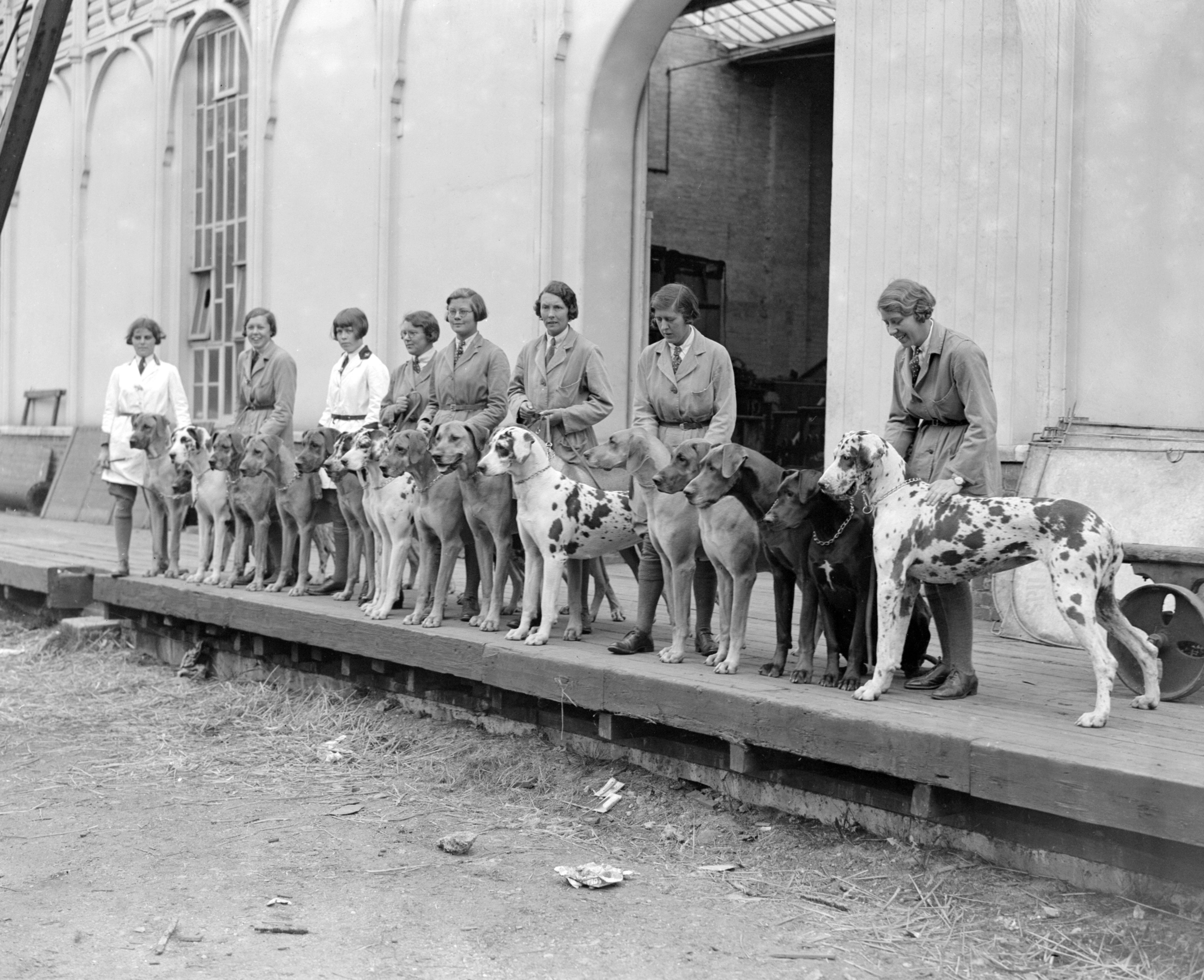

The thing about great Danes is that they’re big. They’re really, really big. And that comes with some undeniable pros — generous cuddles and a certain grandeur — as well as some significant cons — the need for space, strength and sofas built to industrial standards.
The great Danes isn’t Danish at all, but German — shaped by noblemen who developed huge mastiff- and sighthound-type dogs to hunt boar and deer in the forests that carpeted Europe. Known locally as the Deutsche Dogge or German mastiff, these were dogs of immense power, bred to hold game until their human hunter arrived. In the late 19th century, the breed made its way to Britain — gaining its official name a decade later.
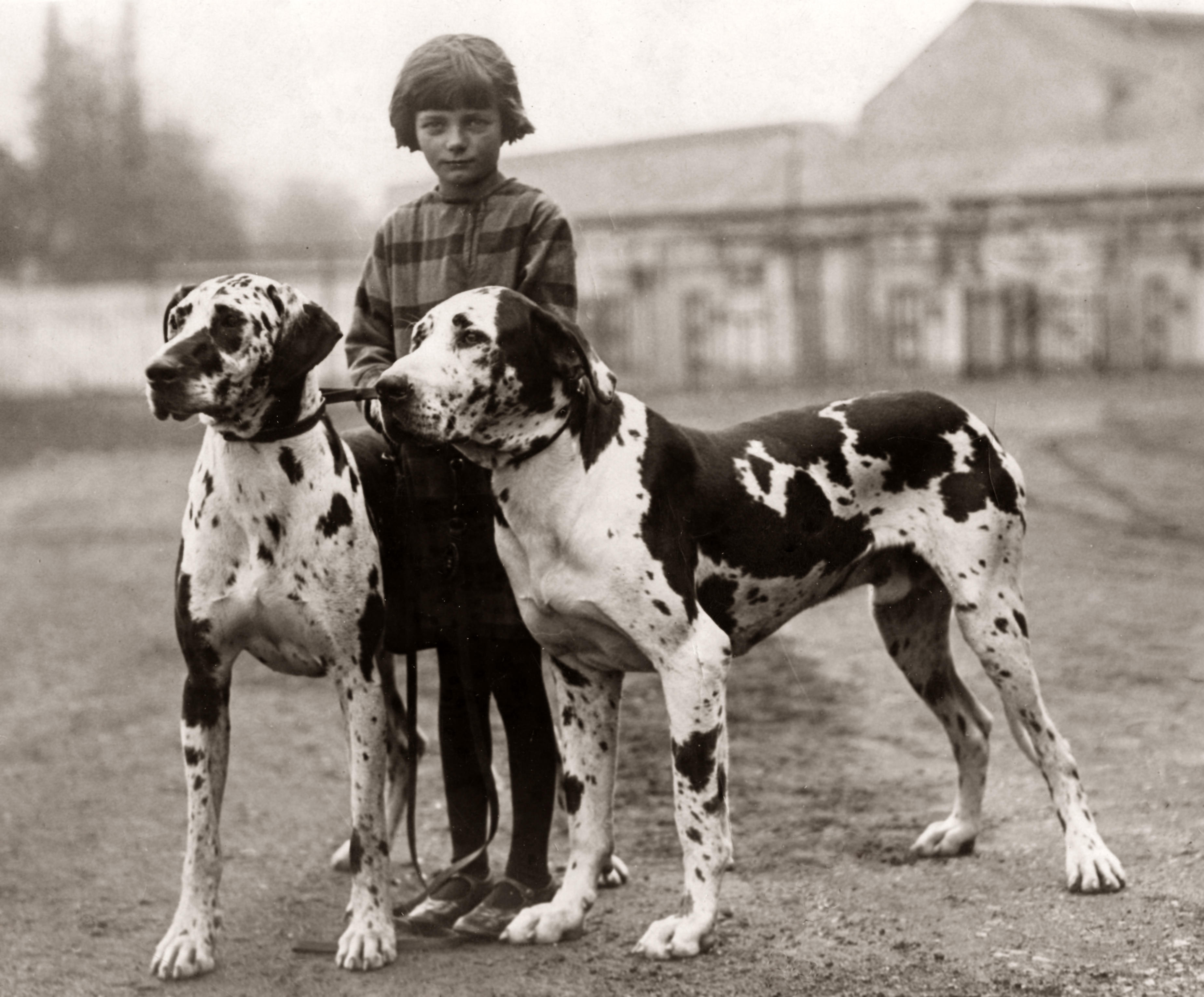
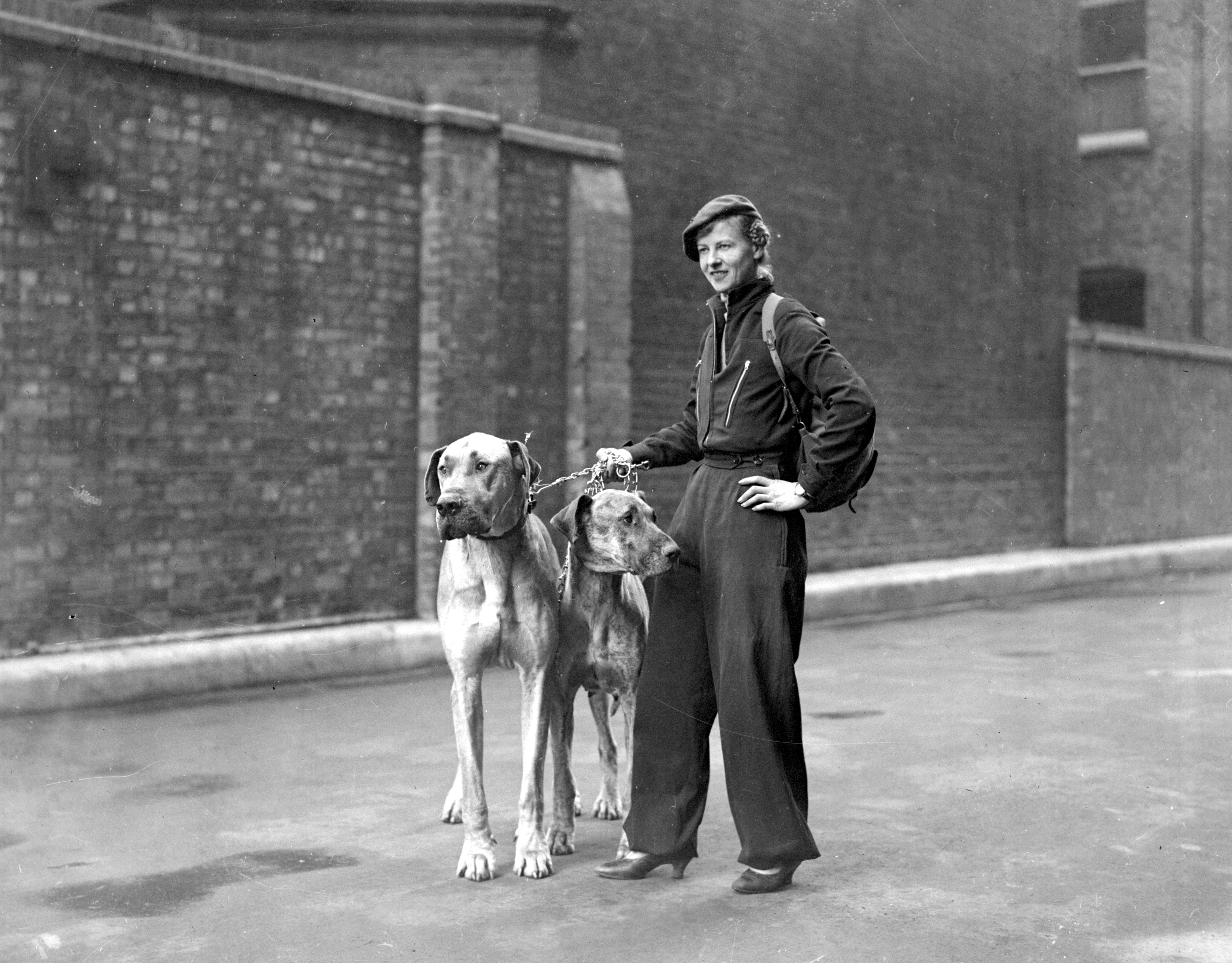
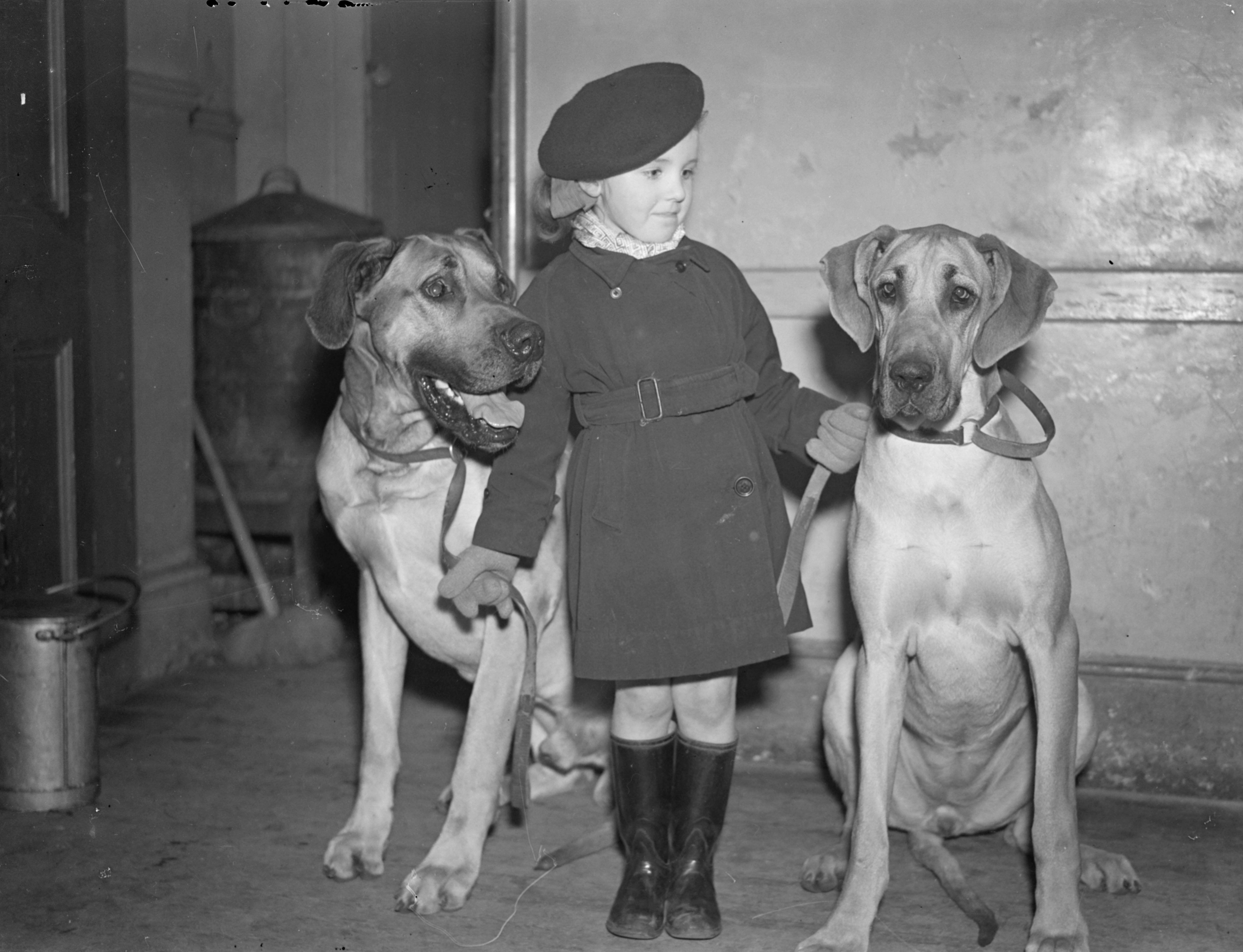
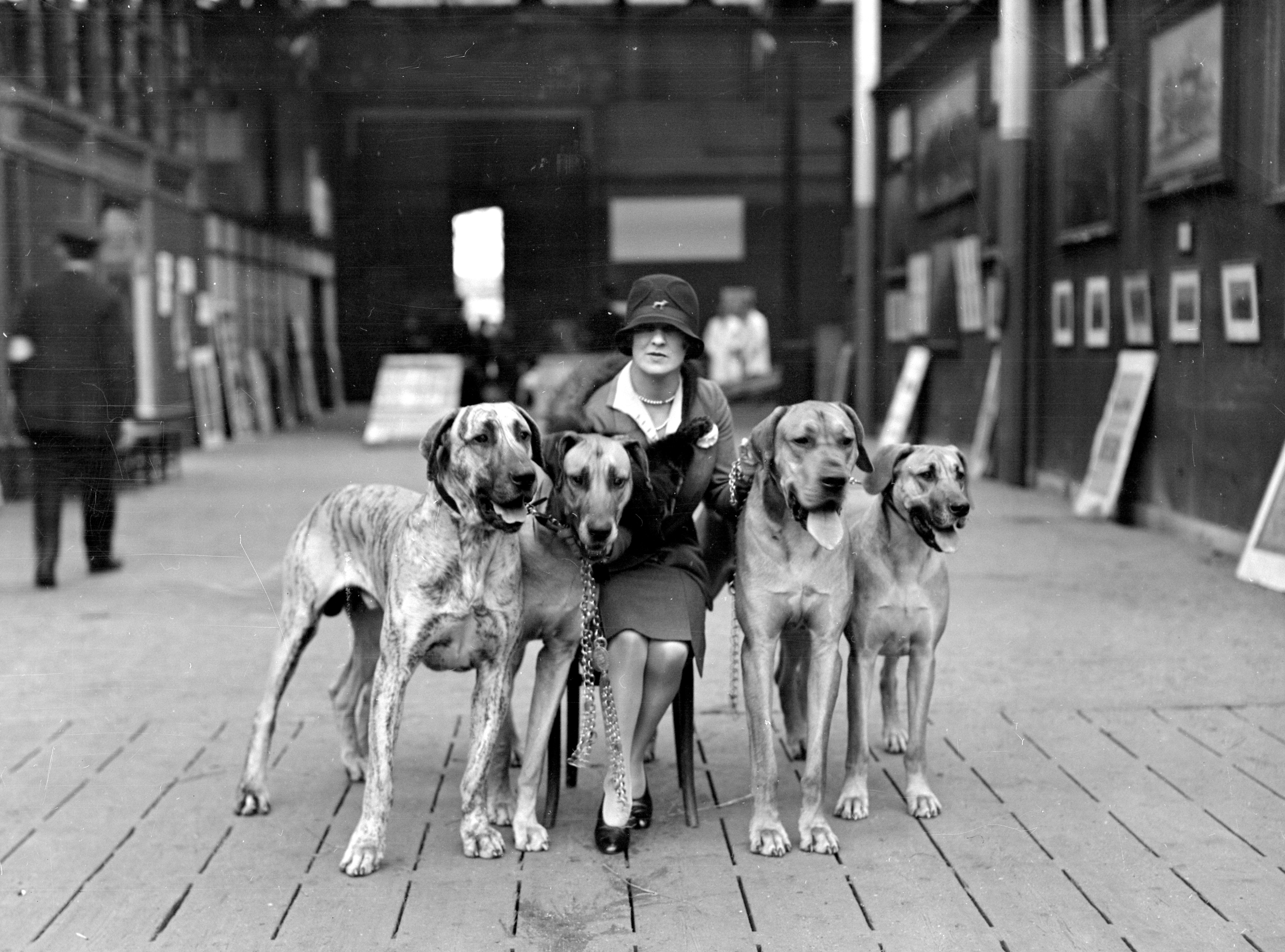

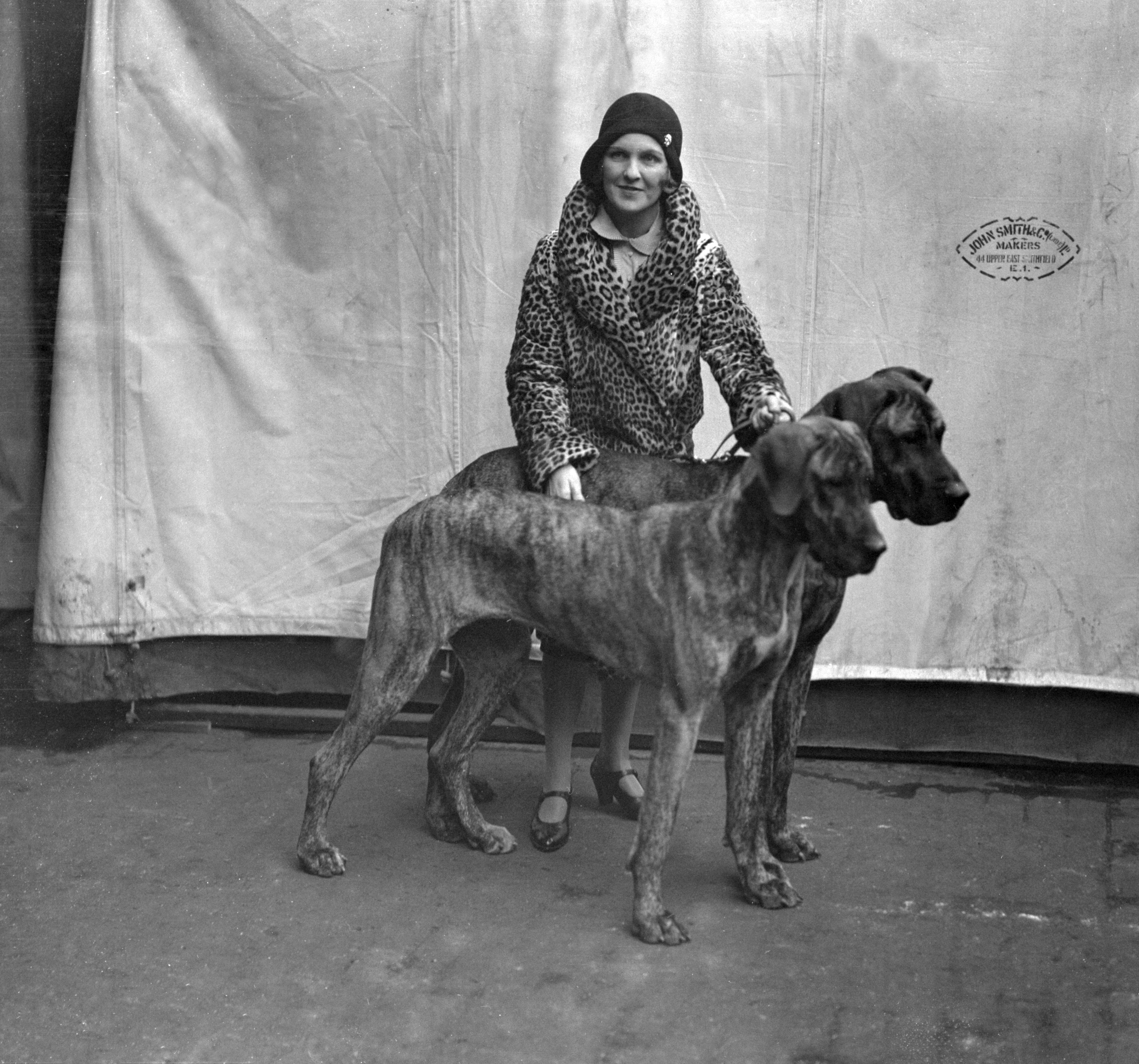
When big-game hunting fell out of favour, the dogs traded the forest for the fireside — shaping the breed we know today: still statuesque, still formidable, but infinitely gentler. The modern Great Dane — the ones I’ve met anyway — are more likely to sprawl across a sofa than bring down a wild boar.
A century ago, Great Danes were a common sight at dog shows at venues like Crystal Palace — the so-called ‘Ascot of the dog-world’ in the 1930s — where enormous champions were paraded alongside borzois and salukis. The breed’s popularity has shifted sharply in the UK: at its peak, around 1980, nearly 3,000 puppies were registered every year; by 2020, that figure had fallen to just 855, according to The Kennel Club. The Kennel Club also states that a fully grown male great Dane should stand no less than 76 cm at the shoulder; females no less than 71 cm.
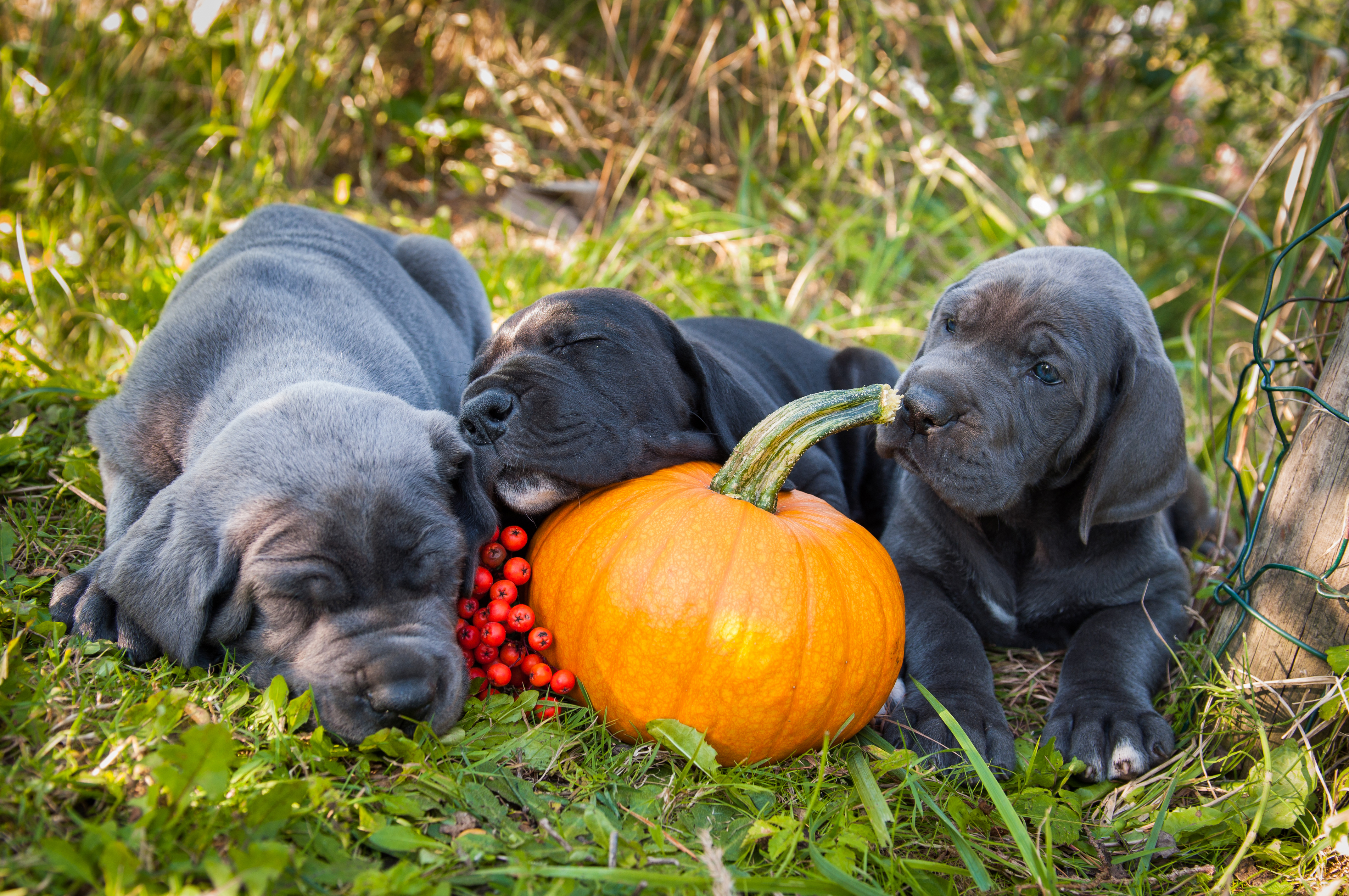
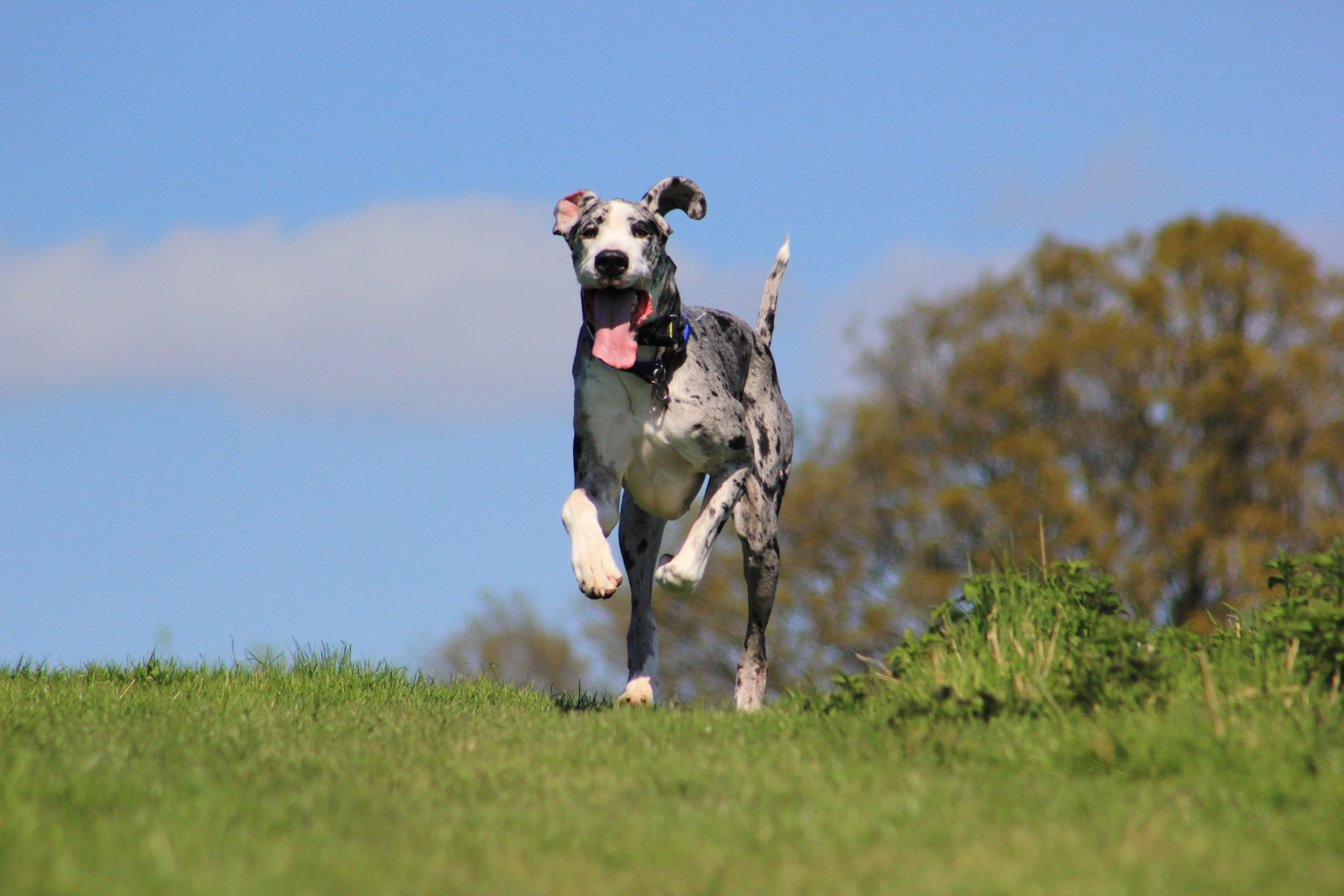

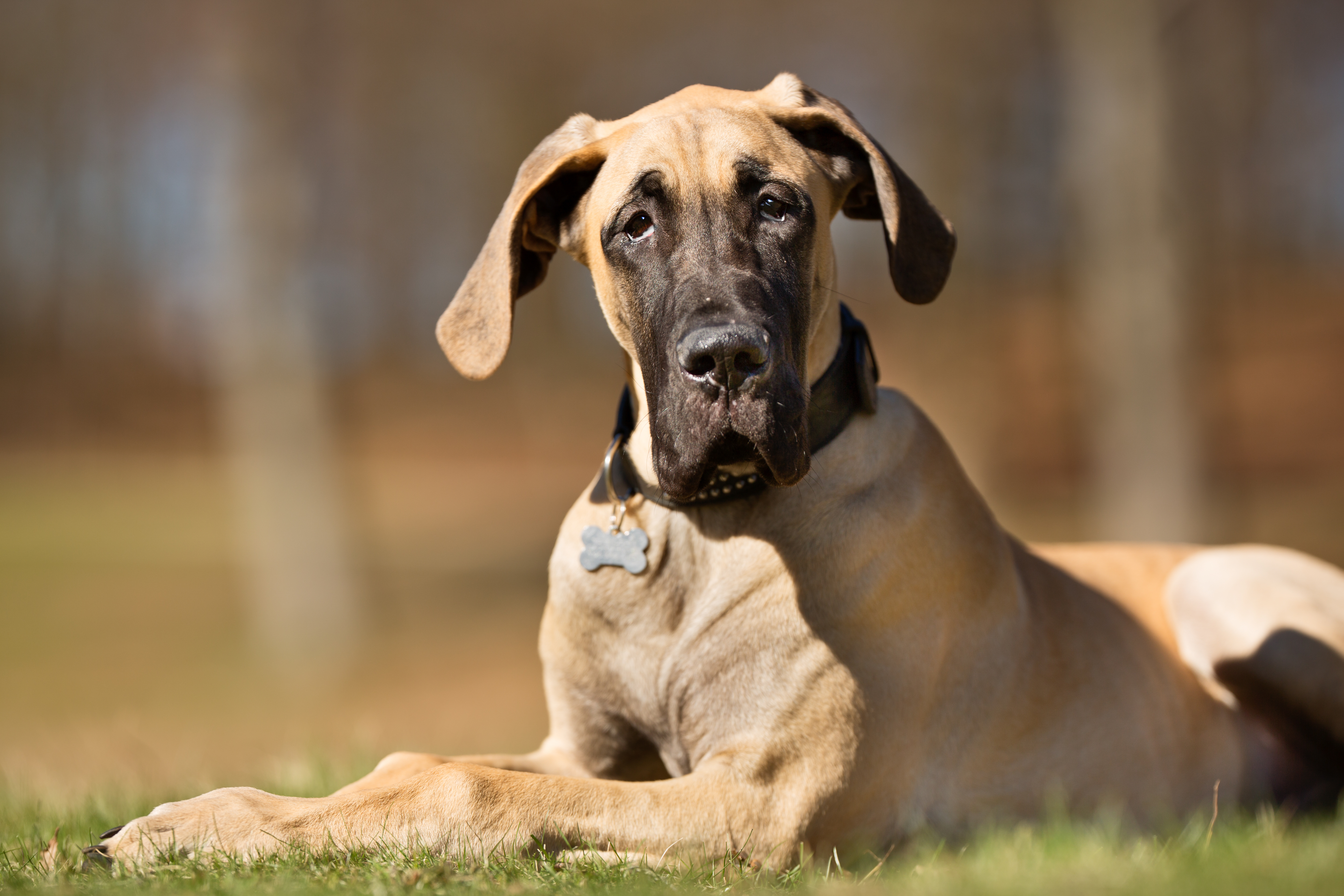
Danes can weigh anywhere between 45 and 90kg — roughly the same as a fully grown man or a baby grand piano. An aptly named great Dane called Zeus held the Guinness World Record for the tallest dog, standing 112cm at the shoulder and an astonishing 2.24m on his hind legs; the current record-holder, Kevin, follows in those rather large pawprints.
Hollywood has played its part in bringing the breed fame. Enter Scooby-Doo — the crime-solving sidekick with a bottomless pit of a stomach — who introduced generations of children, myself included, to the idea of the great Dane as a lovable goofball. In the real world, the breed has charmed actress and singer Vanessa Williams, a proud Great Dane owner, and Naomi Watts, who stars alongside a 150-pound Great Dane named Bing in the 2025 film The Friend. Watts described the experience as “beautiful and healing,” calling Bing “sensitive, responsive and full of soul.”


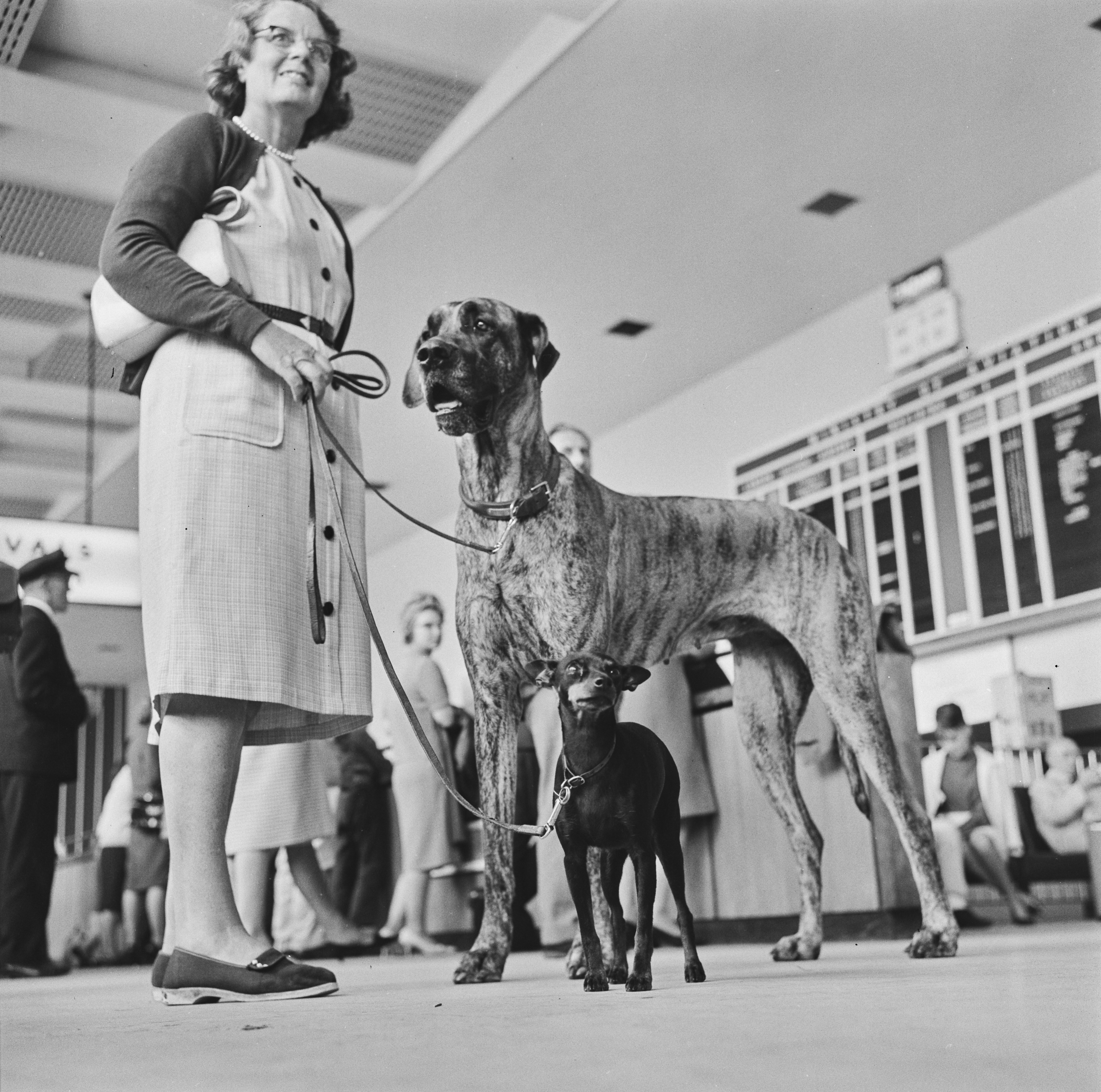
These gentle giants aren’t for everyone. They need ample room to stretch their legs and are prone to certain health issues — particularly bloat and joint problems — with a lifespan shorter than many breeds. Their appetite, too, is not to be underestimated — and might mean investing in additional pantry space.
Exquisite houses, the beauty of Nature, and how to get the most from your life, straight to your inbox.
So yes, a great Dane will test your sofa, challenge your food budget, and occasionally knock over a coffee table with a single wag of its tail — but in exchange for unwavering devotion, that’s a small price to pay. For those with the space and the budget, they are magnificent companions.
Florence is Country Life’s Social Media Editor. Before joining the team in 2025, she led campaigns and created content across a number of industries, working with everyone from musicians and makers to commercial property firms. She studied History of Art at the University of Leeds and is a dachshund devotee and die-hard Dolly Parton fan — bring her up at your own risk unless you’ve got 15 minutes to spare.
